Chicken & Rice for Cats: Safe Treat or Dietary Danger? (Vet-Reviewed Guide)
- 12 Apr 2025 15:43
We often share our lives and homes with our feline companions, and sometimes, the temptation to share our food arises. A simple meal like chicken and rice seems innocuous enough – chicken is meat, after all, and rice is often seen as a bland, safe grain. This leads many well-meaning cat owners to ask: can cats eat rice and chicken? Is this combination a suitable meal, a safe occasional treat, or something that could potentially cause harm?
The answer, rooted in feline nutrition and veterinary science, is nuanced. While plain cooked chicken is generally safe and beneficial, rice offers limited value and potential drawbacks. Combining them requires careful consideration, especially regarding frequency and preparation. This comprehensive guide, adhering to E-E-A-T principles (Experience, Expertise, Authoritativeness, Trustworthiness), will delve into the safety, benefits, risks, and proper preparation methods for feeding chicken and rice to your cat, ensuring you make informed decisions for their health and well-being.
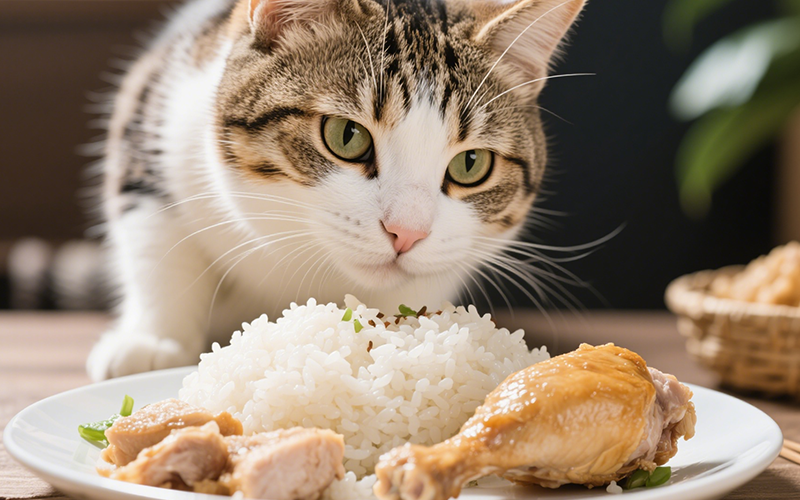
Feline Nutrition 101: The Obligate Carnivore Imperative
Before analyzing chicken and rice specifically, it's crucial to understand the foundation of feline dietary needs. Cats are **obligate carnivores**. This biological classification means:
Meat is Essential:** Their bodies are designed to derive primary nutrients directly from animal tissue. They cannot thrive or survive long-term on a vegetarian diet.
High Protein Requirement:** Cats need significantly higher levels of high-quality, animal-based protein compared to dogs or humans for energy, muscle maintenance, enzyme function, and more.
Specific Nutrient Needs:** They require essential nutrients like taurine, arachidonic acid, and pre-formed Vitamin A, which are abundant in animal sources but lacking or unavailable in plant matter. Deficiencies can lead to severe health problems (e.g., blindness, heart conditions from taurine deficiency).
Limited Carbohydrate Processing:** Cats have minimal physiological need for carbohydrates. Their digestive systems lack key enzymes (like salivary amylase) and are not efficient at digesting large amounts of starches or sugars.
This biological framework is the lens through which we must evaluate any food offered to cats, including chicken and rice.
Chicken for Cats: A Suitable Protein Source (With Caveats)
Plain, cooked chicken is generally considered a safe and healthy protein source for cats. It aligns well with their carnivorous needs:
High-Quality Animal Protein:** Provides essential amino acids in a readily digestible form.
Essential Nutrients:** Contains B vitamins (like Niacin and B6), phosphorus, and selenium.
Palatability:** Most cats find the taste and smell of chicken highly appealing.
Critical Safety Considerations for Chicken:
MUST Be Cooked Thoroughly:** Feeding raw chicken to cats carries a significant risk of bacterial contamination (*Salmonella*, *Campylobacter*, *E. coli*) which can cause severe gastrointestinal illness in cats and poses a zoonotic risk (transmission to humans). Always cook chicken fully to an internal temperature of 165°F (74°C).
PLAIN Only:** Absolutely no seasonings, salt, oil, butter, garlic, onions, sauces, or marinades. Garlic and onions are highly toxic to cats. Other additives can cause digestive upset or toxicity.
NO Bones:** Cooked chicken bones become brittle and easily splinter, posing a severe choking hazard and risk of internal perforation of the digestive tract. Always feed boneless chicken or meticulously remove all bones.
Skin in Moderation (or Avoid):** Chicken skin is very high in fat. While small amounts might be tolerated by some healthy cats, excessive fat can lead to gastrointestinal upset (vomiting, diarrhea) and is a risk factor for pancreatitis (a serious inflammation of the pancreas). It's often best to feed skinless chicken.
So, **plain cooked chicken for cats** (boneless, skinless) is generally safe and beneficial in moderation.
Rice for Cats: Limited Value, Potential Downsides
Rice is where the suitability becomes much more questionable for felines.
Nutritional Value for Cats:** Minimal. Rice is primarily carbohydrates (starch). As obligate carnivores, cats have little need for carbohydrates, which provide mostly "empty" calories for them. It lacks the essential proteins, amino acids (like taurine), fatty acids, and vitamins cats derive from meat.
Digestibility:** While cooked white rice is often considered relatively digestible compared to other grains, cats still lack the enzymatic machinery to break down starches efficiently. Large amounts can lead to digestive upset.
Blood Sugar Impact:** Carbohydrates can affect blood sugar levels, which is a concern for diabetic cats or those prone to obesity.
Potential for Arsenic:** Rice can absorb arsenic from the soil more readily than other grains. While the amount in a tiny serving is unlikely to cause acute toxicity, it's a consideration against making rice a regular part of the diet. Thoroughly rinsing rice before cooking and using ample cooking water can help reduce levels.
Fiber Content:** Brown rice contains more fiber than white rice, which can be even harder for cats to digest and may cause more significant GI upset if given in large amounts.
When is Rice Used? The "Bland Diet" Context
You might hear about veterinarians recommending rice (specifically plain, cooked white rice) combined with plain cooked chicken or lean meat. This is typically for short-term management of **gastrointestinal upset** (like diarrhea).
Purpose:** White rice is low in fat and relatively easy to digest (compared to complex carbs or high fiber), helping to "bind" stool and provide some easily accessible calories when a cat's system is sensitive.
Temporary Only:** This **bland diet for cats** is intended for **short-term use only (a few days)** under veterinary guidance. It is **nutritionally incomplete** for long-term feeding.
Veterinary Supervision:** Never put your cat on a bland diet without consulting your veterinarian first to diagnose the underlying cause of the GI upset and get specific feeding instructions.
So, while **rice for cats** has a limited therapeutic role, it's not a recommended treat or staple food due to its lack of nutritional value and potential downsides.
Combining Rice and Chicken: Suitable Meal or Risky Habit?
Given the above, what about the combination? **Can cats eat rice and chicken** together regularly?
As a Regular Diet? Absolutely NOT.** A diet consisting solely of chicken and rice is severely nutritionally imbalanced for a cat. It lacks essential fatty acids, adequate calcium (critical calcium-to-phosphorus ratio imbalance), sufficient taurine, Vitamin A, Vitamin E, and various other micronutrients. Long-term feeding will lead to serious health deficiencies.
As an Occasional Treat? Questionable.** While plain cooked chicken is a good treat, adding rice provides little benefit and increases the carbohydrate load unnecessarily. Offering just the plain chicken is a better choice.
For Short-Term Bland Diet? YES, under veterinary guidance.** This is the primary appropriate use case for the combination, but it must be temporary and directed by a vet.
The key takeaway is that chicken and rice should not be viewed as a standard, healthy meal combination for cats outside of specific, short-term therapeutic situations.
Safe Preparation: How to Cook Chicken and Rice for Cats (If Necessary)
If preparing chicken as a treat or making a vet-recommended bland diet, follow these steps precisely:
Preparing Plain Cooked Chicken:
Choose Boneless, Skinless Chicken: Breast or thigh meat is fine.
Cook Thoroughly: Boil or bake the chicken until completely cooked through (internal temperature 165°F/74°C). Ensure no pink parts remain.
NO ADDITIVES: Do NOT add salt, oil, butter, garlic, onions, herbs, spices, or anything else. Cook in plain water if boiling.
Drain Excess Fat (If Baking): Discard any rendered fat.
Cool Completely: Allow the chicken to cool down.
Shred or Dice: Cut the cooked chicken into small, easily manageable pieces suitable for your cat.
Preparing Plain Cooked White Rice (for Bland Diet Only):
Choose Plain White Rice: Avoid brown rice (too much fiber) or seasoned rice mixes.
Rinse Thoroughly (Optional but Recommended): Rinsing rice before cooking may help remove some surface starch and potential arsenic.
Cook in Water Only: Cook the rice according to package directions using plain water. Do NOT add salt, butter, oil, or broth.
Cook Until Soft: Ensure the rice is fully cooked and soft.
Cool Completely: Let the rice cool down.
Combining for Bland Diet (Vet Guidance Only):
Follow your veterinarian's specific instructions regarding the ratio of chicken to rice (often starting with more rice and gradually increasing chicken) and the feeding amounts and duration. Typically, it involves mixing small amounts of the plain shredded chicken with the plain cooked white rice.
Portion Control and Moderation
Chicken as a Treat:** If offering plain cooked chicken as a treat, keep portions small. A few bite-sized pieces are sufficient. Remember the 10% rule: all treats combined should make up no more than 10% of your cat's total daily caloric intake to avoid unbalancing their main diet.
Rice:** Avoid offering rice as a regular treat. If used in a bland diet, follow vet portion recommendations precisely.
Expert Veterinary Opinion on Chicken and Rice for Cats
Veterinarians generally agree on the following points:
Plain cooked chicken** (boneless, skinless) is a safe and healthy protein treat for cats in moderation.
**Raw chicken is dangerous** due to bacterial risks and should be avoided.
**Chicken bones (cooked or raw) are hazardous.**
**Seasoned or fried chicken is unsuitable.**
**Rice offers minimal nutritional value** for cats and is primarily indigestible carbohydrates.
A combination of plain cooked white rice and plain cooked chicken is appropriate ONLY as a **temporary bland diet under veterinary supervision** for specific GI issues.
Feeding chicken and rice as a **regular diet is nutritionally incomplete and harmful** long-term.
A **complete and balanced commercial cat food** should form the foundation of a cat's diet.
Summary Table: Cats Eating Rice and Chicken
| Aspect | Safety & Recommendations for Cats |
| Can Cats Eat Rice and Chicken? | Chicken: Yes (cooked, plain, boneless, skinless, moderate). Rice: Limited (bland diet only under vet care). Combination: NOT as regular diet. |
| Cooked Chicken for Cats | Safe & nutritious treat. Must be plain, boneless, ideally skinless. Moderate portions. |
| Raw Chicken | Dangerous. High risk of *Salmonella*, *Campylobacter*. Avoid. |
| Chicken Bones | Dangerous (cooked or raw). Choking/perforation hazard. Never feed. |
| Rice for Cats | Minimal nutritional value (carbs). Limited use for temporary bland diet (plain white rice, vet guidance). Not a good treat. |
| Rice & Chicken Combination | Nutritionally incomplete as a regular diet. Suitable ONLY as temporary bland diet prescribed by a vet. |
| Risks | Raw Chicken (Bacteria), Bones (Choking/Injury), Seasonings (Toxicity), Rice (GI Upset, Empty Calories), Imbalanced Diet (Long-term Issues). |
| Safe Preparation | Cook chicken/rice thoroughly, PLAIN (water only), no bones/skin/additives, cool, chop small. |
| Recommendation | Use plain cooked chicken as a treat. Avoid rice unless prescribed for bland diet. Feed balanced commercial food daily. |
Navigating Feline Nutrition Queries? PettureX Offers Support!
Understanding the nuances of cat nutrition – like knowing when cats can eat rice and chicken – is key to responsible pet ownership. If your cat has digestive issues, or if you're unsure about the safety of certain foods, having access to quick, reliable information can be incredibly helpful while you consult with your veterinarian.
The PettureX App provides innovative features for modern pet parents:
24/7 AI Vet Consultation: Get immediate AI-powered answers to questions about diet, symptoms (like diarrhea or vomiting), or food safety concerns, helping you assess urgency anytime.
Image Recognition: Useful for identifying your cat's breed or getting preliminary insights into visible health issues.
AI-Powered Symptom Checker: Describe your cat's symptoms for an AI analysis of potential causes, including dietary indiscretion or illness, aiding your communication with your vet.
Comprehensive Pet Health Database: Quickly access information on feline nutrition, common health conditions, and appropriate care.
PettureX offers convenient AI-driven support and information, serving as a valuable resource alongside the essential, personalized advice and diagnosis from your veterinarian.
Conclusion: Chicken Yes, Rice Maybe (Only When Prescribed)
In conclusion, the answer to "can cats eat rice and chicken?" depends heavily on the context. Plain, cooked, boneless, skinless chicken is a safe and nutritious treat for cats in moderation. Rice, however, offers little nutritional value and is best avoided unless specifically recommended by a veterinarian as part of a temporary bland diet for gastrointestinal upset.
Never feed raw chicken or chicken bones due to severe safety risks. Avoid seasoned, sauced, or fried preparations entirely. A diet consisting solely of chicken and rice is nutritionally inadequate and will harm your cat's health over time.
Prioritize a complete and balanced commercial cat food specifically formulated for feline needs as the foundation of your cat's diet. Use plain cooked chicken as a healthy treat, and reserve the chicken-and-rice combination for short-term therapeutic use under the direct guidance of your trusted veterinarian.
Related
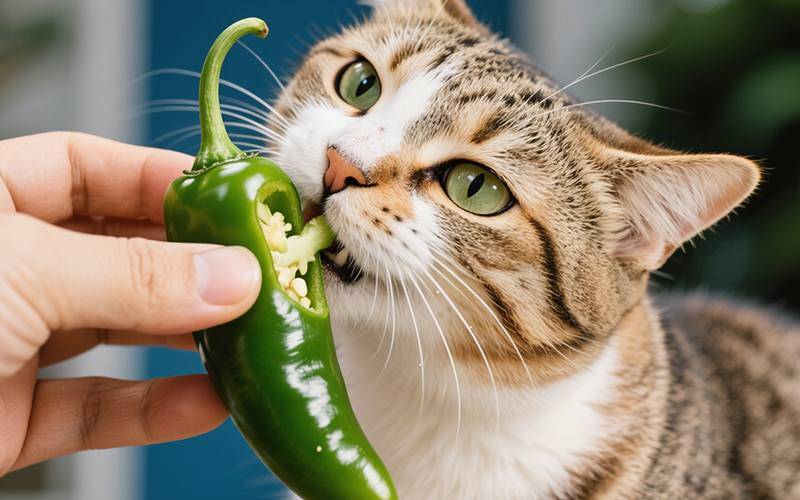
The Burning Question: Can Cats Eat Jalapenos? A Comprehensive Safety Guide
- 21 Apr 2025
Cool Temptation: Can Cats Eat Ice Cream Safely? The Vet-Backed Truth
- 21 Apr 2025
Frankly Dangerous: Can Cats Eat Hot Dogs? Vet Explains the Serious Risks
- 16 Apr 2025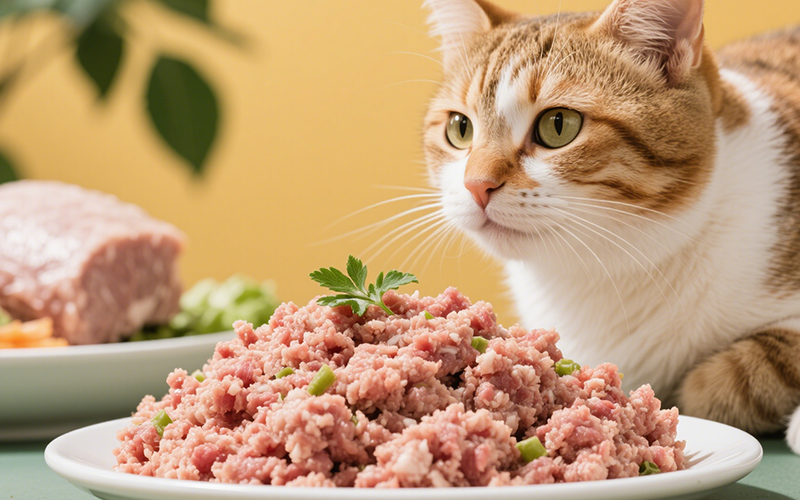
A Purrfect Protein? Can Cats Eat Ground Turkey Safely? (Vet-Reviewed Guide)
- 16 Apr 2025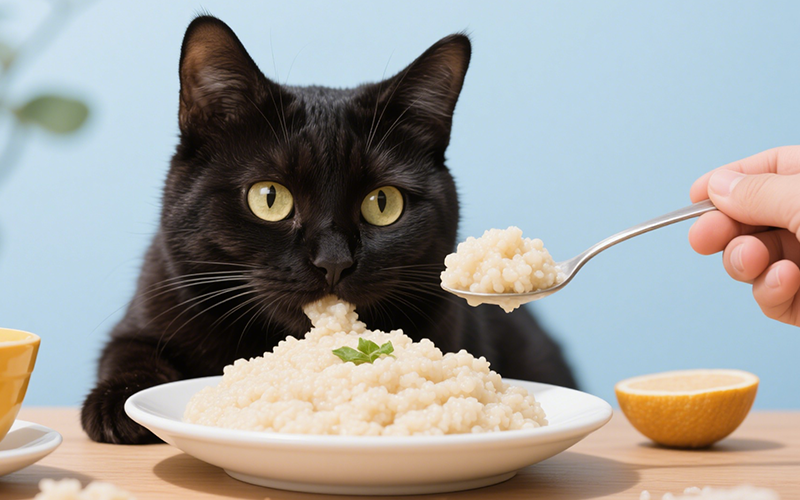
Gritty Situation: Can Cats Eat Grits Safely? Vet Explains the Risks
- 16 Apr 2025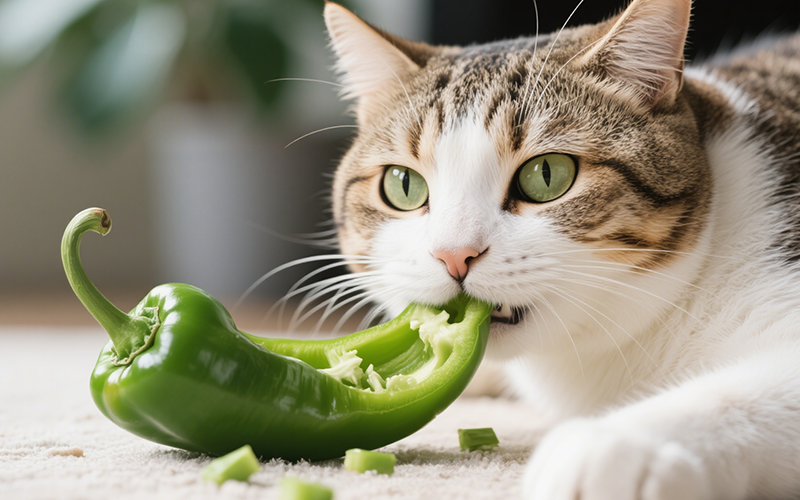
Crunchy Query: Can Cats Eat Green Peppers? A Vet-Reviewed Safety Analysis
- 16 Apr 2025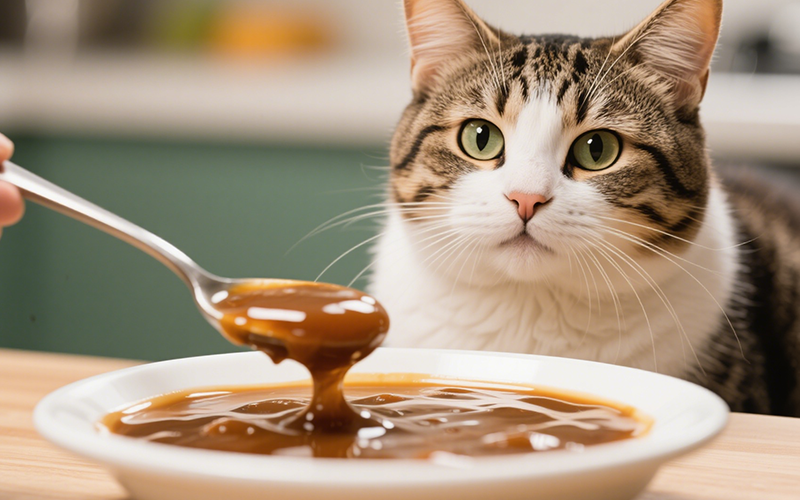
Gravy Danger Zone: Can Cats Eat Gravy Safely? (Vet-Reviewed Warning)
- 16 Apr 2025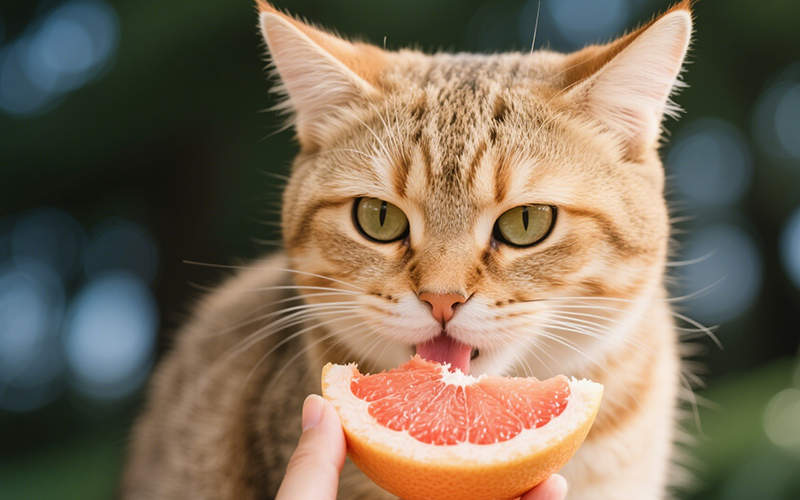
Toxic Temptation: Can Cats Eat Grapefruit? Vet Explains the Dangers
- 16 Apr 2025
Emergency Meal or Major Mistake? Can Cats Eat Dog Food For A Couple Days? (Vet Guide)
- 16 Apr 2025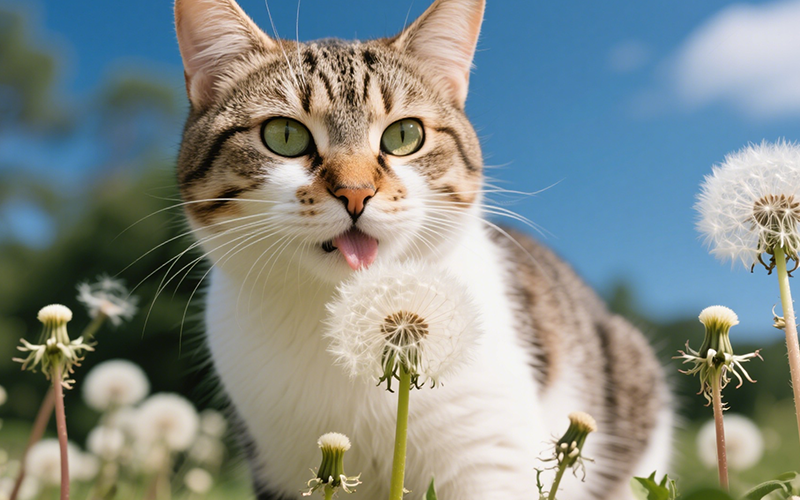
Dandelions & Felines: Can Cats Eat These Common Weeds Safely? Vet Explains
- 16 Apr 2025
